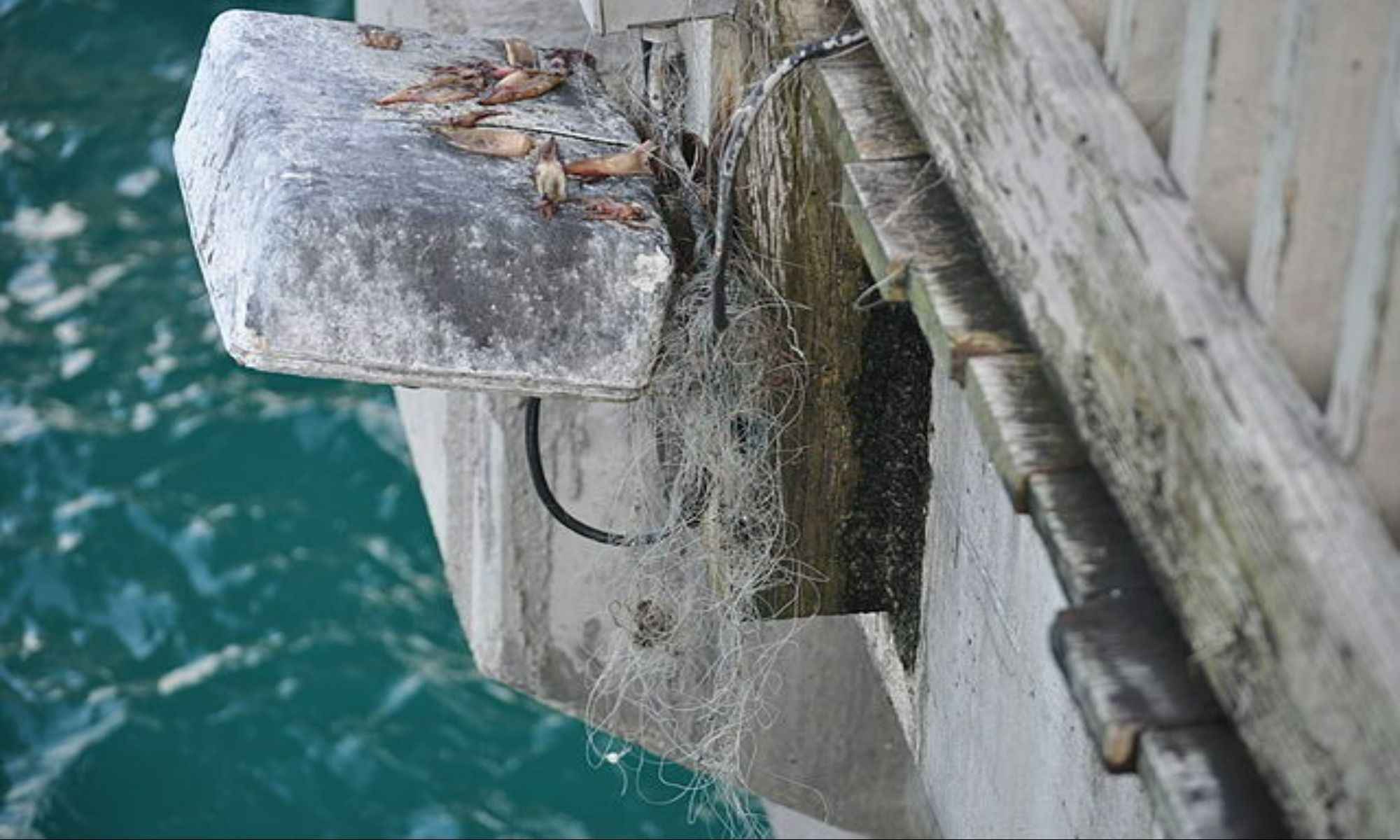How to Avoid Tangles When Fishing
Here are some tips on how to avoid tangles when fishing!

Many people, including you, can attest that fishing is a fun-loaded activity. Spending time in the great outdoors, indulging in what nature has to offer. You get that particular high that comes with casting and waiting for a big game to take your bait—until your reel starts to come off multiple times after every few minutes or when your line tangles.

Nothing breaks an angler's heart more than reeling in with zeal, expecting to see a good catch after setting perfectly placed traps, only to find a tangled mess of nylons. What makes matters worse is that you're in an excellent fishing spot during the best time of year, seeing plenty of fish that are all yours for the taking, only to leave empty-handed at the end of a long day.
Tangles are not only annoying, but they also make fishing difficult, waste time untangling, and, in the long run, damage your fishing equipment. So, if you're tired of having to deal with line tangles and having to load new ones onto your reel more frequently than what is necessary, you have come to the right place.

In this guide, we'll help you have a better, more enjoyable fishing experience by teaching you how to avoid tangles when fishing.
1. Soak Your Fishing Line in Warm Water
Some anglers soak their fishing lines in warm water to prevent tangling. The warm temperature helps the nylon lines relax, stretches them, and reduces the chances of coiling. As an extension, it also improves your casting range once the line has been loosened up.
To do this, get a cup or a small bucket and fill it with warm water. Soak your fishing line and leave it for a few hours before spooling. Once you take the line out, you'll notice that the nylon has relaxed and no longer coils as much as it did before.
2. Use Fishing Line Conditioner
Yes, you read it right! There are conditioners for fishing lines, too, and they're a must-have. The product usually comes in a spray-like bottle and can be applied directly on the nylon while it's already attached to the spool. Depending on the length of your fishing line, it usually takes four sprays to cover the entire spool.
Take note: you must do this a day before your fishing trip because you have to let the conditioner sit on the line overnight to get the intended results—improved casting, better line tension, and lesser tangles.
3. Stretch Your Nylon Lines
When a nylon line is pretty new, it tends to get twisted frequently. To avoid this, give it a good stretch by hooking the line to a solid object and pulling on the other end with your hands. Do so using gloves to avoid cuts on your hands. Frequent use, especially catching heavy fish, is also a good practice to stretch nylon lines.

4. Make Sure that Your Reel and Fishing Line are Compatible
While this may seem like an obvious tip, you'd be surprised to know that there are a lot of anglers who often make the mistake of getting incompatible fishing lines that are too thick for their reel. It's understandable, though, because the different types of fishing lines can indeed be very confusing, especially for beginners.
Just like in most things, certain lines perform better with particular tackles. For example, if you are using a spinning reel, it would be best to get a limp braided fishing line because of compatibility related to line memory. In addition, take note of the proper lines that work for reels according to their respective spools. Such information can usually be found on the reel or the accompanying documents upon purchase.
5. Avoid Cheap and Flimsy Rods
A cheap rod may be pretty tempting, but in the long run, it could lead you to spend more on replacements if it keeps on breaking down due to twists. So, invest in a high-quality rod that you know you could use for a lot of years, and that would not easily break because of the occasional tangles.
6. Wound the Line Properly and Be Mindful of Kinks When You're Spooling
Spooling the line around your reel is an essential skill that beginner anglers do poorly due to lack of experience. Improper spooling often leads to tangles that almost always end up looking like a bird's nest. While more experienced anglers have their techniques and styles, learning the basics and guidelines of spooling is crucial to avoid messy tangles.
For those who use spinning reels, apply a moderate amount of pressure with your thumb and forefinger to ensure that the line is tightly placed in the spool. After turning your reel handle, drop the rod to approximately 18 inches to put slack into the line. This way, you'll be able to see a few loose coils. If you see extra tight twists or kinks in the line, flip the spool line over. Ensure that there aren't any kinks when you spool because they tend to cause messier tangles over time.
7. Don't Place Too Much Line on Your Reel Spool
Some anglers go fishing under the assumption that the more line they have in their reels, the more range or area they'll be able to cover, which would naturally mean more fish; this is wrong. It's always a good idea to leave about a quarter of the spool visible when you're placing the fishing line. While a shorter line may result in fewer yards covered, it also means fewer chances of it becoming tangled or twisted, reducing the chances of damaging your fishing equipment.
And that's it! Remember: it is always best to deal with minor inconveniences, twists, and tangles immediately and to do so slowly but surely. Always check that your fishing lines are in working condition and replace them regularly.



